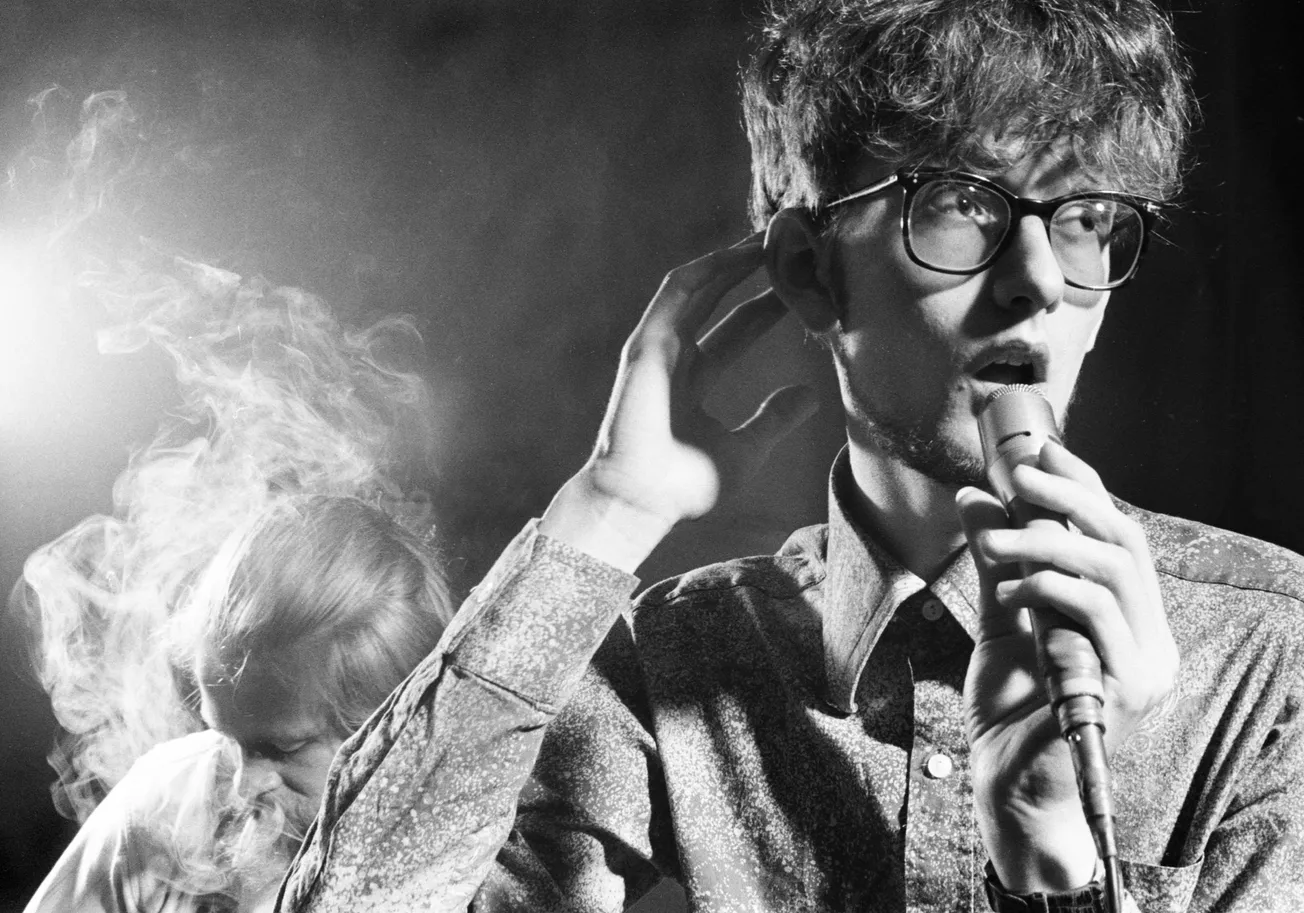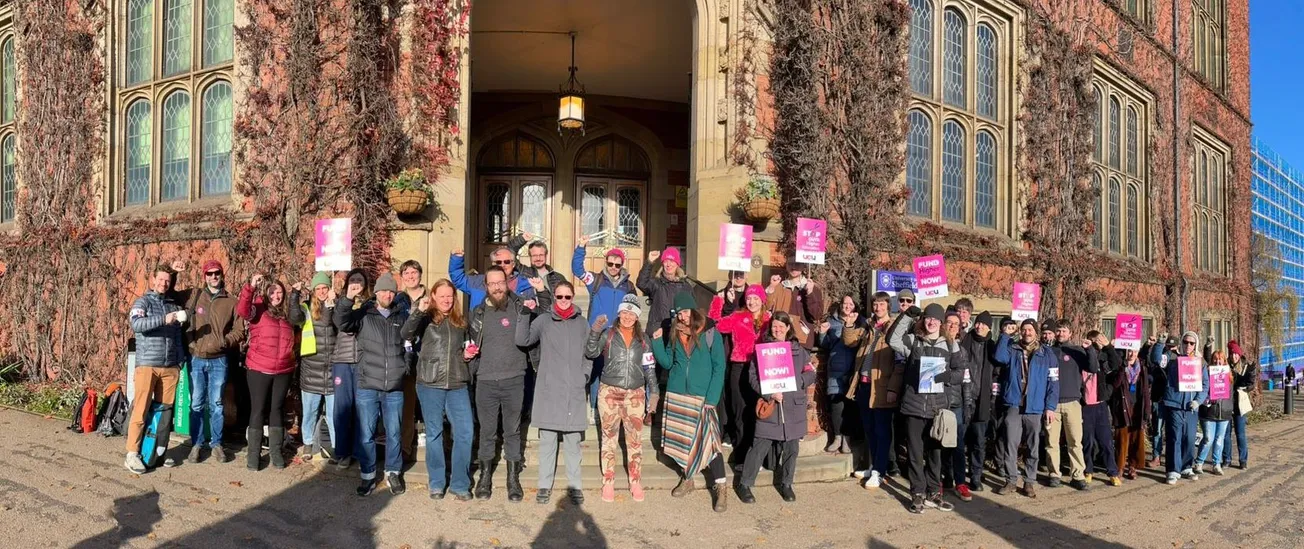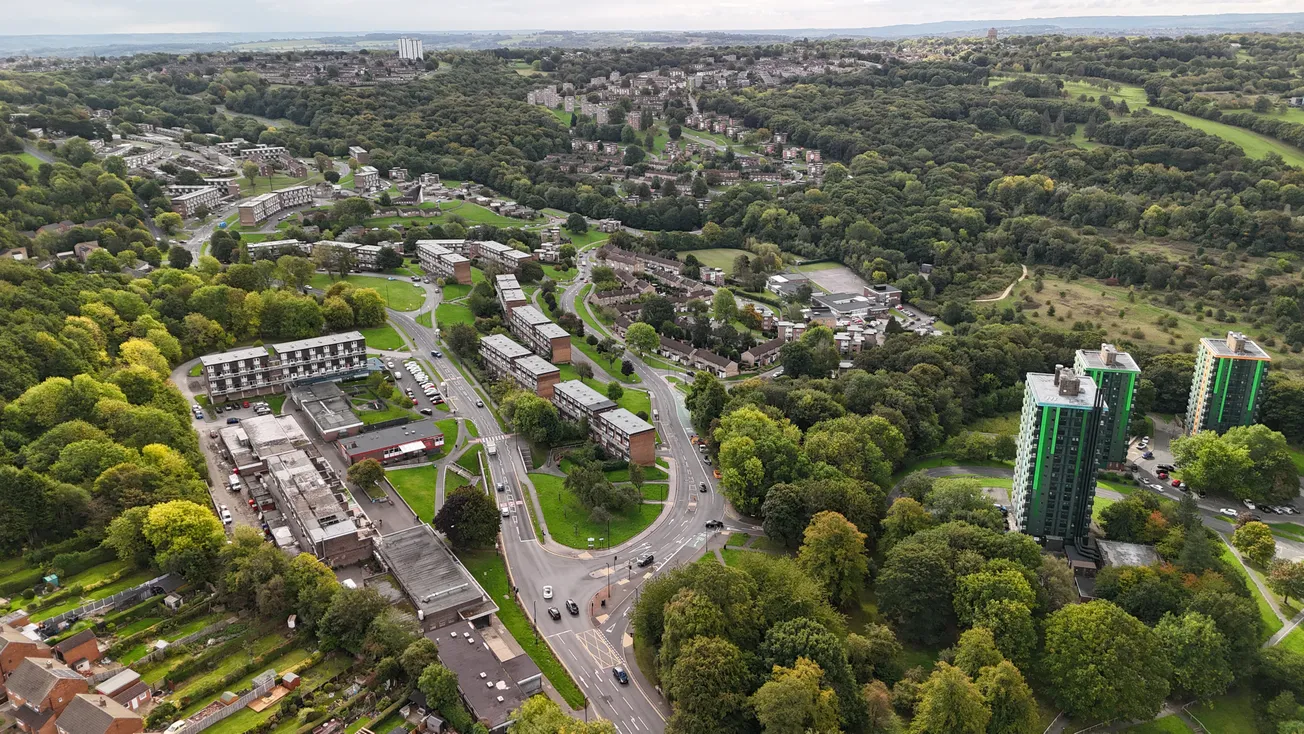By Daniel Dylan Wray
On the recent bank holiday Monday — as most of us were fast asleep, or perhaps even still out from the night before — Pete Hill’s alarm was going off at 2.30am. “You wake up and think: ‘I really, really just want to stay in bed’,” he says. “But I tell myself, ‘no, come on Pete, get out there’.”
And so out there he trudged, into an eerily quiet and chilly dark morning in Attercliffe, as he waited to photograph a crumbling building most of us wouldn’t even look twice at as the sun came up, just to capture it in perfect light. “I call them my old factories in the dark series,” Hill laughs, sitting in his studio in Norton as he excitedly shows me his most recent work, capturing Sheffield’s industrial buildings before they are lost to bulldozers. As soon as he’s photographing these factories, warehouses, and derelict buildings, the groggy wake up call is far from his mind. “When I get out there, I love it,” he says. “That's what makes me happy.”
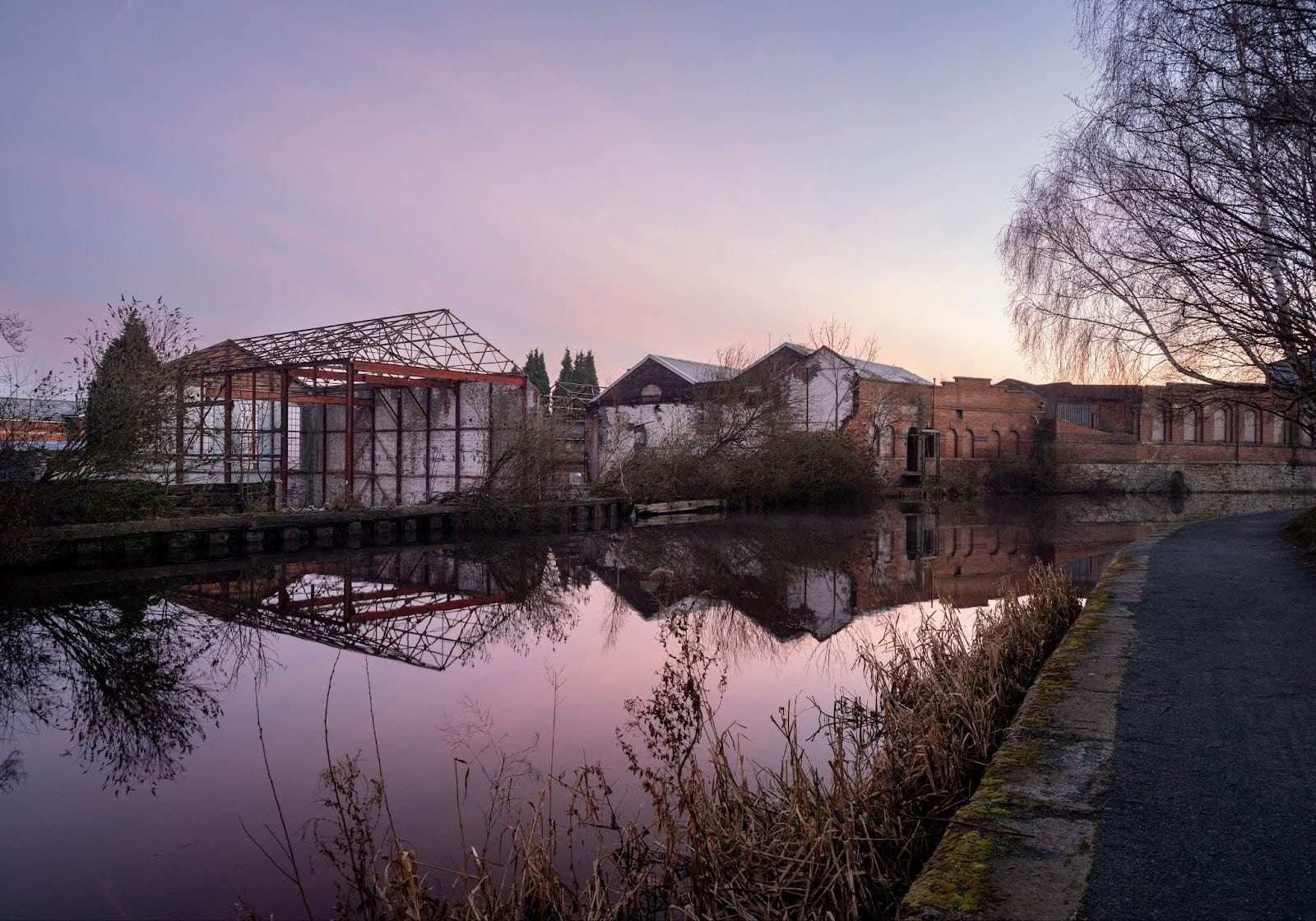
Hill, 67, has been photographing Sheffield for half a century now. His best known work is synonymous with Sheffield's rising bands during the 1980s — Pulp, Human League, ABC — but it's the city at large that has inspired most of his photography.
His first camera, aged seven, was a cheap plastic novelty one that, to his devastation, melted after being left in the car on a family holiday. By his teenage years he got a proper one, his beloved Zenit B, and sold his train set in the attic to make way for a makeshift darkroom, where he would develop endless rolls of film of “boring everyday stuff… I just wanted to learn and photograph things,” he says.

Little did he know that the supposedly prosaic material would later prove to be a vital and arresting document of the city’s history and its inhabitants. Hill would pound pavements with a camera slung around his neck, shooting buildings, landscapes, people and everyday scenes that captured a now vastly changed city. Streets and buildings that have since been demolished feature prominently, as do long gone fashion choices, shop front aesthetics, and a general tone of a time and era, be it the 1970s or 1990s, that feels lost to the past. He pulls up one personal favourite of a young girl and her pet dog taken around 1976 or 1977. “Eh mister, will you take us photo?” she had asked as he walked by, knowing that she’d likely never get to see the end result.
While people may get misty eyed about the post-war era of Sheffield, peppered with its towering modernist new buildings, Hill was just working with what he had. “In the early 70s, it was a bit of a shithole, to be quite honest,” he says. “I grew up on the series of photography books that Time Life used to publish and so a lot of the pictures in it were from the great American masters like Alfred Stieglizt, Edward Steichen, and Ansel Adams. I used to look at all these pictures of New York in the 1930s and 40s, and think,’ wow’. It was like, ‘well, I haven't got that, but I've got Heeley Bottom, so I'm gonna have to make do with that’. I tried to almost recreate that with what I had in Sheffield.”
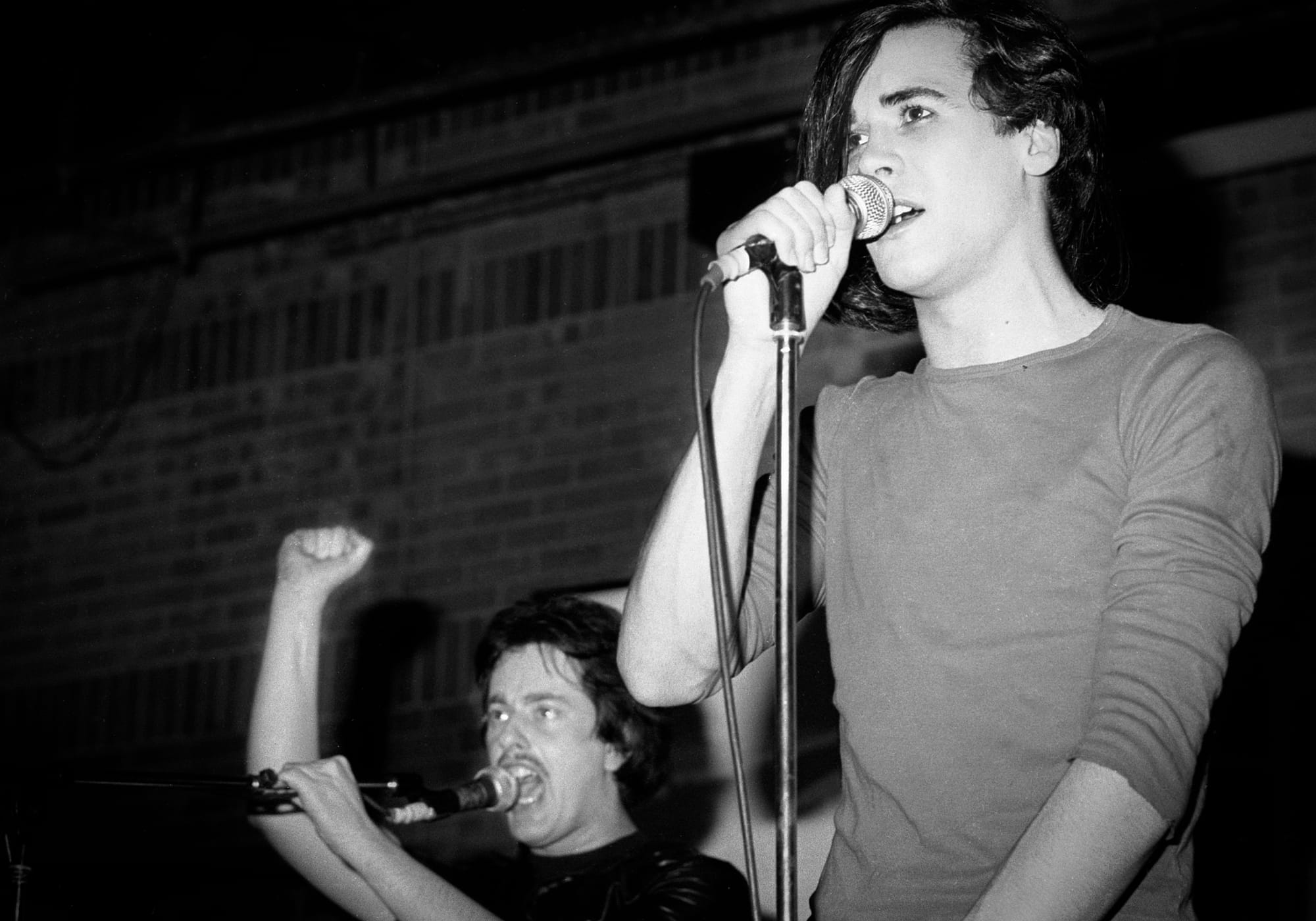
That said, he did grasp that there was potential to be found in his immediate surroundings even as a child. “My dad had an engineering business down in Darnall, and he used to take me to work on school holidays,” he recalls. “And I remember you'd drive along at night and see these big factory gates open with flames and the glow of hot steel. I loved it.”
By the 1980s, Hill was working as a commercial photographer, initially shooting tools for engineering companies, but he would always work on stuff for fun, such as documenting the city’s music scene. His latest book, Sheffield Bands, features a who’s who of now hugely famous groups in their nascent years. A mix of live and portrait work, there are some stirring shots. One shoot in particular, with the dark and intense post-punk band Artery, sticks in his mind. “They were hanging upside down from a tree in their underpants on a Sunday morning in Bingham Park,” he recalls. “There were these families walking past, ushering their children away. Each member had a guy to hold them because they had rope around their ankles and then they’d let them go and run out of the shot and I'd shoot off four or five frames until someone would start screaming in pain.”
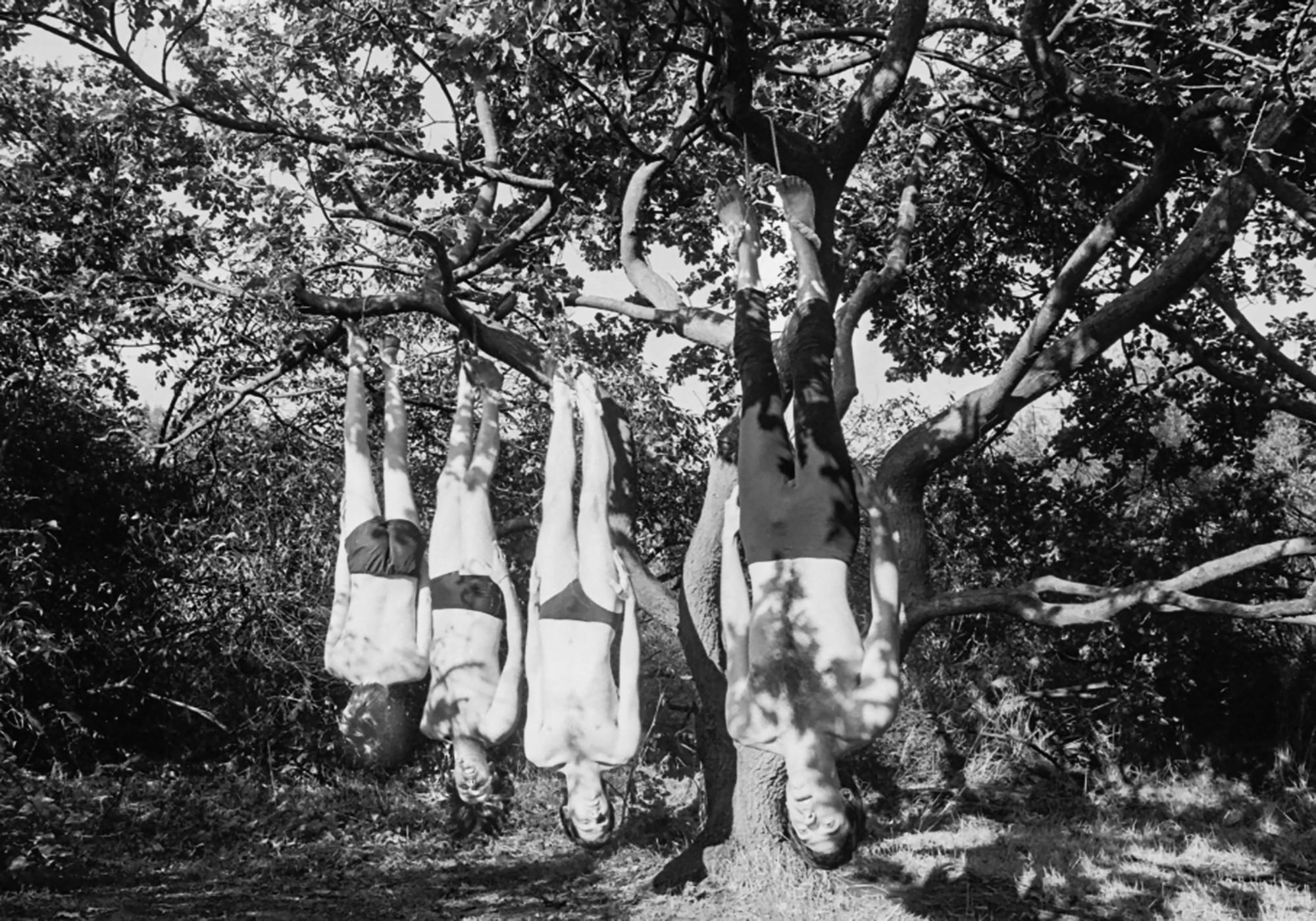
But much like the photographs of the city he was taking, Hill didn’t really imagine he was documenting future stars. “It was all just a bunch of kids trying to do something,” he says. “To make something out of nothing. We all had nothing, and there was a feeling that we've got to do something because Sheffield, certainly in the early 80s, was pretty, pretty grim.”
Perhaps, in photographing these bands, Hill was simply looking for an alternative reality to the one he was faced with. “I was photographing tools and engineering stuff at the time and I remember driving back from Rotherham through Attercliffe one night,” he begins. “And it was the time of the steel strike, and there were guys standing around oil drums in the street asking for wood to burn. I just remember thinking: ‘God, what are we gonna do? This is the end of the world’. It felt quite apocalyptic.”
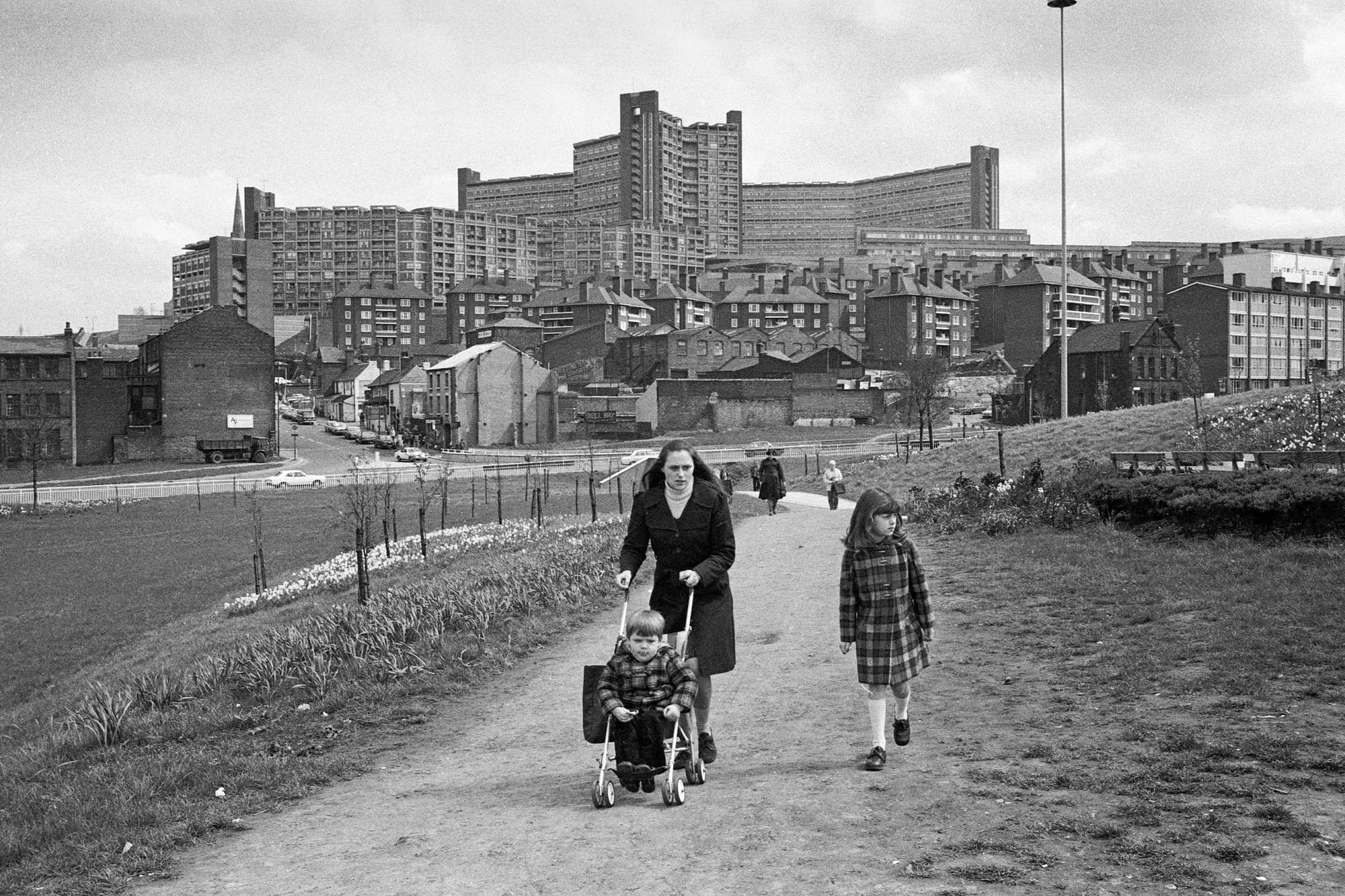
However, in recent years, it’s become clear just how significant a body of work Hill has built up. It was during lockdown, with extra time on his hands, that he decided to digitise his archive. “I'd always joked it was my retirement project, because I've got virtually every negative I've ever shot. I kept everything.” And so began the vast process of scanning thousands of photos and publishing them on his website and social media. The response has been heartening. People have been getting in touch who recognise themselves, or friends or family members, from decades ago. Film director Chris Paul, who made a documentary about Chilean refugees who came to Sheffield and Rotherham in the 1970s, even contacted Hill because a random photograph taken all those years ago, from the same time period, of a mother with a pushchair featured him as a child in that buggy.
However, as remarkable as Hill’s body of work is, he’s most keen to talk about his new photographs, as he shows me image after image from his upcoming book Disappearing Sheffield. “I'm not one for living in the past,” he says. “You can't live in a museum and I'm a great believer in: let's move forward. There's an old photographer saying that your favorite photograph is the last one you took.”
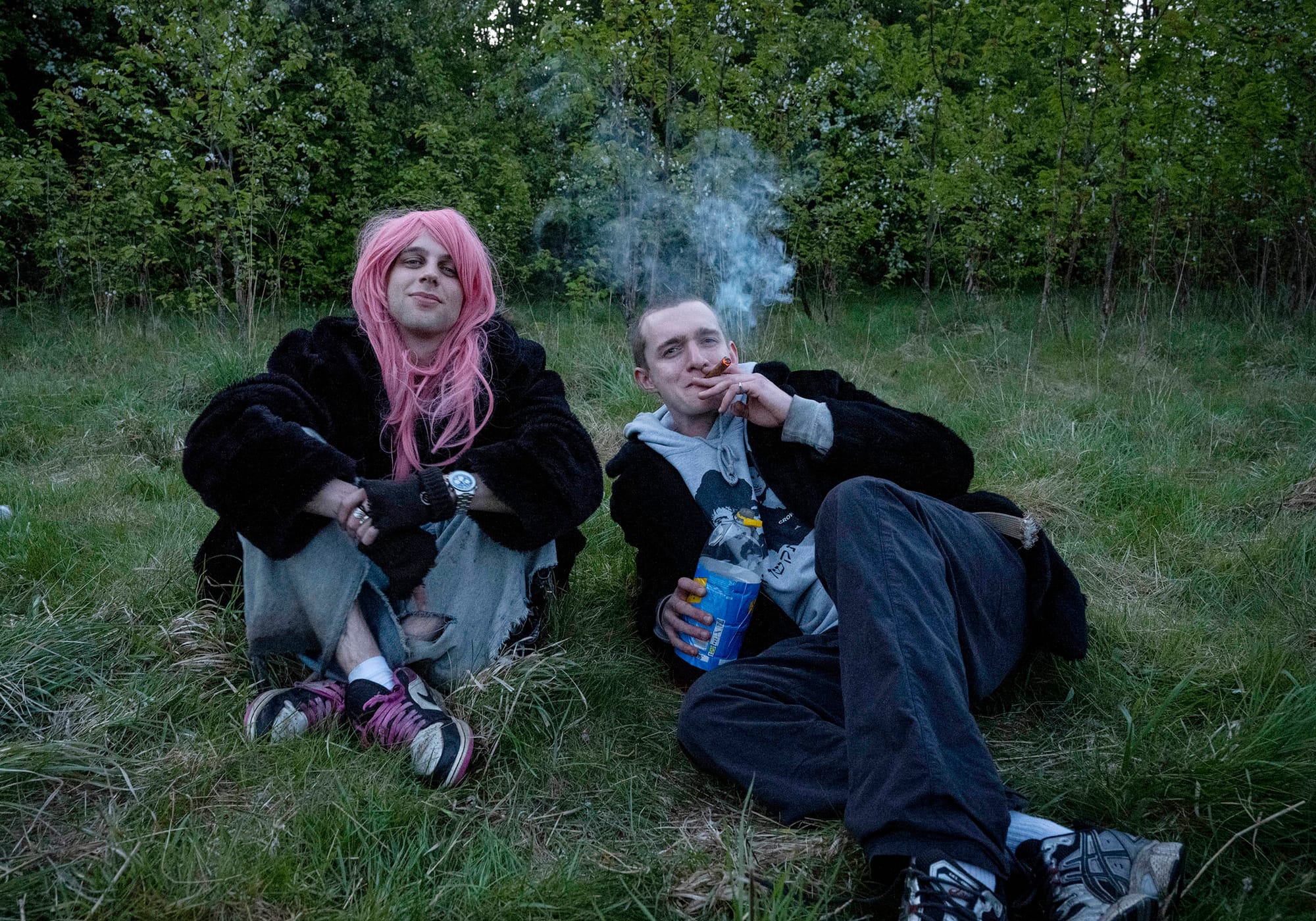
A lot of that work currently takes place in Attercliffe, the same area he would pass through as a child and stare at in wonder. “I love Attercliffe,” he says. “It’s got drama and it’s cinematic.” It’s also a place that knocks up surprises from time-to-time too, as he recently found out. “I was down there about a month ago and it was a Sunday morning, about four o'clock,” he tells me. “I got out of the car, and I heard this doof, doof, doof,” — he starts pounding his fist on the desk at this point — “I thought, oh, some factory is working early on a Sunday morning. But then I thought: that's going very fast for a drop hammer. And it clicked, it was a rave.” And so off Hill went to photograph the rave where he was welcomed in by wide-eyed party kids who were seeing the morning sun come up in a field over the pounding throb of a sound system. “It was almost like another element of capturing the changing face of Attercliffe,” he says.
It’s a project that is changing very fast in real time. He’s been working on it for the last few years and already some of the buildings that he’s photographed for it have gone. “These are beautiful old buildings,” Hill says, his finger hovering over a print of a factory on Snow Lane. “And before long, they'll be gone. It really makes you notice how little of Sheffield's industrial past is left.”
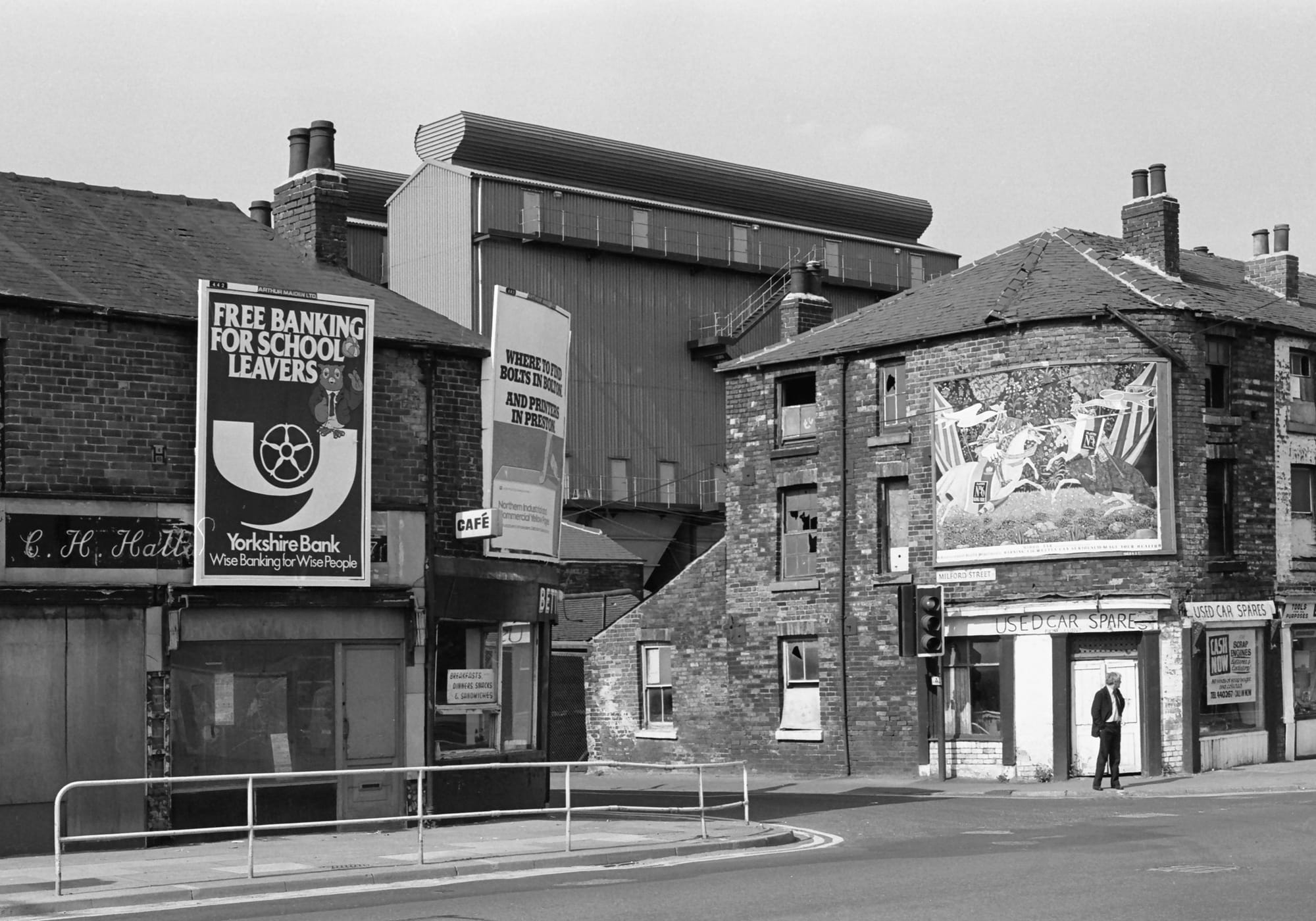
Perhaps for that reason, legacy and posterity are clearly on Hill’s mind at the moment. Aware that everyday photos he took of the city 40 or 50 years ago are now treasured documents, and that the same could be said of his current ones in the future, he wants to share his photographs as best he can. His books, Sheffield 1975-77 and Sheffield Bands, are only £10 a pop. “I'm doing them virtually at cost,” he says. “It’s not about the money. I just want my work out there. I'm getting old and when I'm dead, the body will be gone but hopefully these photographs will live on.”
Pete Hill’s photography books can be purchased here.
Comments
How to comment:
If you are already a member,
click here to sign in
and leave a comment.
If you aren't a member,
sign up here
to be able to leave a comment.
To add your photo, click here to create a profile on Gravatar.


